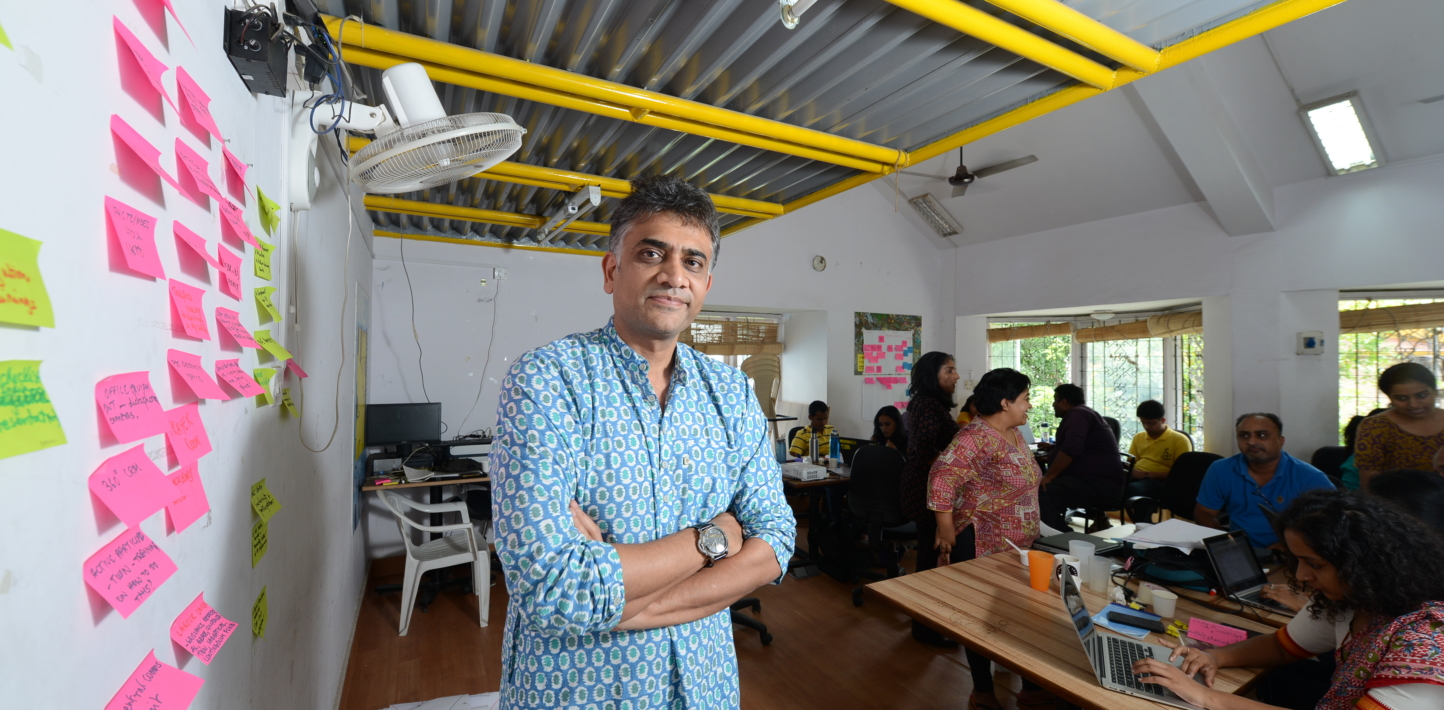Twenty-five years ago, Mahatma Gandhi’s extremely good grandson, Tushar Gandhi, contested Mumbai’s election. Standing on a Samajwadi Party price ticket, he becomes opposing the sitting MLA from Bandra East, Madhukar Sarpotdar of the Shiv Sena. Sarpotdar, who died in 2010, became a thug who became energetic in the submit-Babri riots against Muslims and was arrested two times and observed using the navy to be sporting a gun. Gandhi turned into campaigning, taking walks, and I became a reporter who followed him around. I asked him what he had discovered about the form of cloth when speaking at rallies. He said that improvement problems did not work. He started his marketing campaign by going to slums and talking about the shipping of services: water, electricity, roads, and jobs. He soon discovered that every party stated more or less the identical thing, which did not attract applause from jaded voters.

The target audience’s reaction to clapping, shouting, and cheering was an excellent indicator of what people desired to listen to. Gandhi said it changed when he attacked his opponent and used humor that his target market cheered. He gave me an example. Sarpotdar became fond of saying that he might play on the front foot; Gandhi would say in his speeches that those who performed on the front foot had also been at the hazard of being stumped. Politicians, especially folks who regularly cope with big gatherings, are more aware than the rest of pthe eople about the issues concerning humans. To a few quantities, but distinctively, newshounds also are aware of this stuff, mainly television and internet journalists. They receive rapid comments in TRP rankings on what content works and no longer paintings for their target audience. Newspaper reporters obtain instantaneous remarks in a one-of-a-kind, slower manner, which is why newspapers are much less sensationalist than television channels.
A few days ago, Home Minister Rajnath Singh changed to Bihar. At his first rally, consistent with a report, he started his speech using a list of what the Narendra Modi government had performed in 5 years. Next, he quoted an American assume tank to prove that poverty has decreased in India. The response to each of these things turned into lukewarm. After this, Rajnath said: “Bharat Kisi ko chhedta nahin, lakin jo chhedta hai usko chhodega Nahin (India does now not trouble any usa, but if any united states of America bother India, we can now not go away that usa in peace).” Hearing this, the gang started out cheering loudly. At the following four rallies that he spoke at, in Banka, Purina, Araria, and Madhepura, Rajnath reversed his speech. He focussed on the Pulwama assault, announcing that the BJP had responded within 12 days and had added it inside Pakistan.
What are we to finish from this, and what does the voter desire?
So, can politicians perceive this more accurately because of the feedback and then pay attention? The solution isn’t that smooth. The reality is that many humans, and possibly most people, go to rallies also to be entertained. They spend hours and perhaps the whole day waiting and don’t need to be bored using the same old stuff. Of course, they want carrier shipping from the nation of water, strength, and proper jobs. But that’s not what they arrive to concentrate on, and that is why it is not that easy for a baby-kisser to, in the end, determine what’s operating. The different issue is that due to the fact India’s politics is caste-based and network-based, one no longer has to be a good orator to be a hit flesh-presser.
The incredible orators we’ve produced are a few: Lalu, Thackeray, Mamata, and possibly a handful of others. The others, even powerful ones like Naveen Patnaik and Mayawati, do longer rely upon the popularity in their speeches to hold their energy. This means that they no longer acquire their number-one remarks through rallies. Rallies have ended up less relevant as outreach tools for events in today’s age of the internet and television. The recovery is merely a stage from which leaders reach a larger audience than the only sitting before them. I agree that the narrative that the ruling celebration is the usage of Pulwama isn’t efficient. I no longer think Modi and the BJP get more votes because of that incident and its response.
They could get the right feedback after using robust language in this concern and contacting their warring parties, Pakistani dealers, because that’s what the target audience desires to hear at the gathering. It is not in the end what the general public will decide to vote on. While India has agrarian distress and reports unemployment, the government can not credibly discuss its economic file. The high minister needs to communicate about the magic of his surgical strikes and the betrayal of his political warring parties. This is pleasing to his audience, particularly folks aligned with his ideology, but it isn’t accurate to assume that that is the basis of how humans will vote. Tushar Gandhi entertained several people in Mumbai in that marketing campaign. However, he not only misplaced that election; if my memory serves me right, he also lost his deposit.